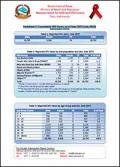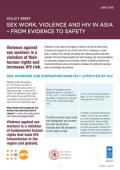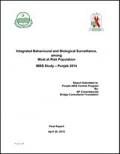Publications on Key Populations

Background about ART program in Nepal:
- ART was started in Nepal in February 2004 from Sukraraj Tropical and infectious Hospital, Teku.
- ART is available for free of cost for all eligible people living with HIV (PLHIV).
- Currently ART is available from 61 sites in 55 districts. HIV care is available from many sites including ART sites.
- National Consolidated Guideline for Treating and Preventing HIV in Nepal 2014 is the guiding document for providing HIV treatment and care in Nepal.
- CD4 count service is available from 27 sites across the country.

Background about HTC in Nepal:
- HIV Testing and Counseling service was first started in Nepal in 1995.
- HIV Testing and Counseling is the entry point for overall HIV care services. It is provided free of cost to the key populations at higher risk and general population all over the country.
- Nepal’s HIV testing and counseling services have been guided by the National Guidelines for Testing and Counseling of HIV in Nepal.


Background about STI in Nepal:
- Key interventions for management of STI in Nepal are targeted Behavior Change Communication (BCC), condom promotion and distribution, diagnosis and treatment of STI (both syndromic and etiological management) and referral services.
- STI management services are available from Government Health Facilities and NGOs for key population.
- Nepal has been following WHO recommended approach for the management of STIs in patients with recognized signs and symptoms.











